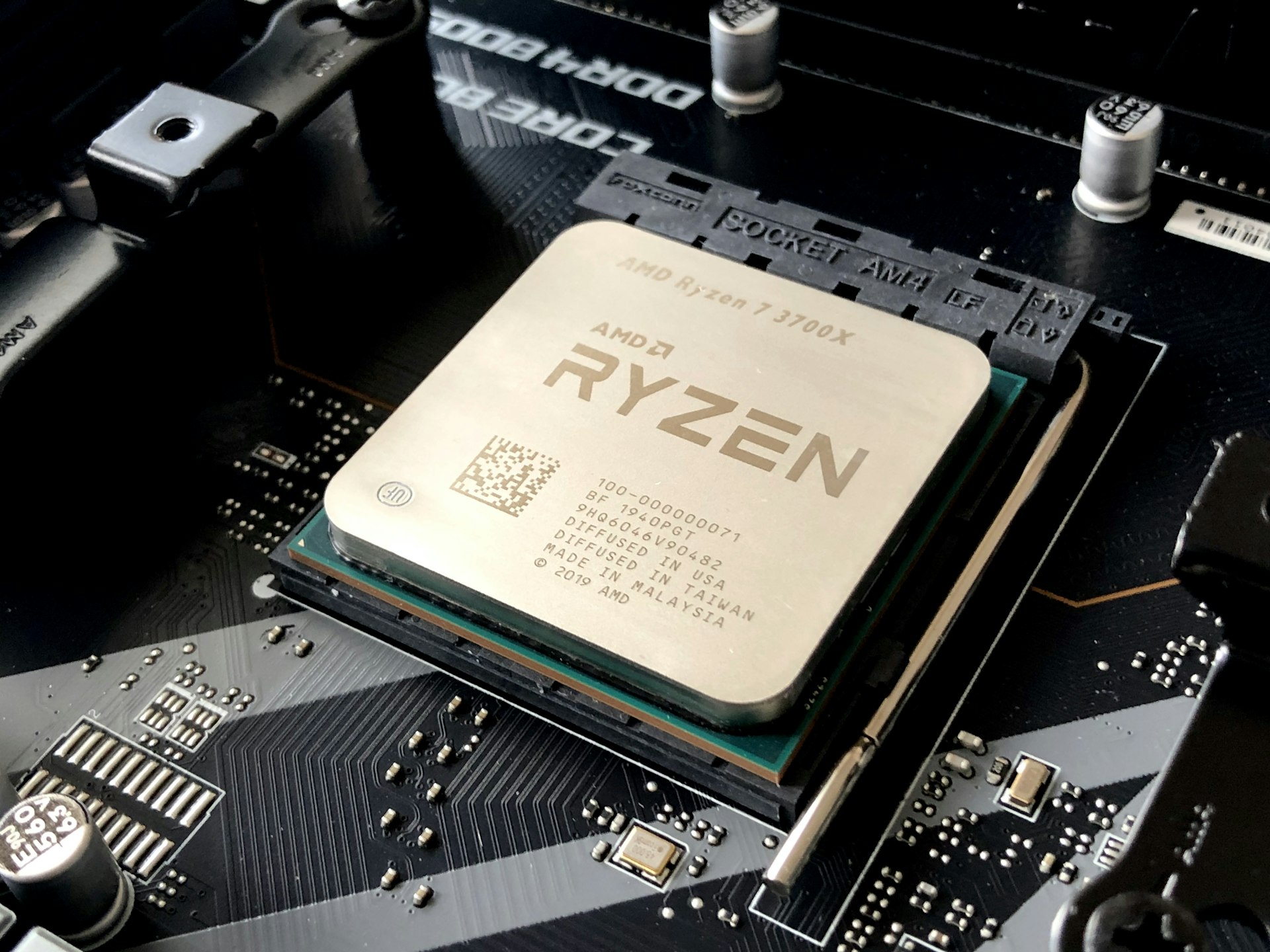Understanding the Lasting Impact of Environmental Pollutants on Human Epigenetics

Photo by Tasso Mitsarakis on Unsplash
Introduction: The Intersection of Pollution and Gene Expression
Environmental pollutants are a significant concern for public health. Beyond their immediate toxic effects, researchers have discovered that pollutants can cause lasting changes in the way genes are expressed, without altering the underlying DNA sequence. This field of study, known as epigenetics , examines how factors such as air pollutants, heavy metals, and industrial chemicals can influence gene activity and health outcomes by modifying epigenetic marks [1] . Understanding these mechanisms is crucial for developing effective prevention and intervention strategies.
Key Epigenetic Mechanisms Affected by Pollutants
Epigenetic changes refer to modifications that affect gene expression without changing the DNA sequence. The primary mechanisms include:
- DNA Methylation : Addition or removal of methyl groups on DNA, affecting gene activation or silencing.
- Histone Modification : Chemical changes to histone proteins that influence DNA packaging and gene accessibility.
- MicroRNA (miRNA) Expression : Small RNA molecules that regulate gene expression by targeting messenger RNAs for degradation or inhibition.
Environmental chemicals such as cadmium, arsenic, nickel, chromium, methylmercury, bisphenol A, and persistent organic pollutants have been shown to disrupt these processes, potentially leading to altered chromatin structure, aberrant gene expression, and increased disease risk [2] .
Real-World Evidence: Pollutants and Epigenetic Changes
Multiple studies have identified epigenetic alterations resulting from exposure to environmental pollutants in both animal and human populations. For instance, research has found changes in DNA methylation patterns in individuals exposed to air pollution, heavy metals, and endocrine-disrupting chemicals. In one notable example, exposure to chromium (Cr) was linked to changes in DNA methylation at specific gene sites, which are implicated in tumor promotion and cell proliferation [4] . These findings underscore the potential for pollutants to influence health outcomes through epigenetic mechanisms.
Furthermore, some studies have shown that these changes are not limited to the directly exposed individual. There is growing evidence of transgenerational effects , where epigenetic modifications caused by pollutants can persist and be transmitted across several generations, affecting the health and development of offspring [3] . This highlights the long-term impact of environmental exposures.
Health Implications: Disease Risks and Biomarkers
Epigenetic changes linked to environmental pollutants have been associated with a range of diseases, including cancer, asthma, neurological disorders, and reproductive issues . These changes can serve as early biomarkers of exposure and disease risk, offering opportunities for early detection and intervention [2] . However, most research to date has focused on DNA methylation, and further studies are needed to clarify the full range of health impacts and to validate laboratory methods for detecting epigenetic alterations.
For example, children exposed to tobacco smoke in utero have been found to carry epigenetic marks associated with increased risk of asthma, which may persist for generations [5] . This demonstrates the value of epigenetic biomarkers in understanding long-term and multi-generational health outcomes.
Actionable Steps for Individuals and Communities
While many epigenetic effects of pollutants are still under investigation, there are practical steps individuals and communities can take to reduce exposure and potential risks:
- Monitor Air Quality : Stay informed about local air quality through verified government or environmental agency resources. Take precautions on high pollution days, such as staying indoors or using air purifiers.
- Limit Exposure to Known Pollutants : Avoid or minimize contact with heavy metals, industrial chemicals, and endocrine disruptors. This may involve using filtered water, choosing products free of bisphenol A (BPA), and safely disposing of household chemicals.
- Advocate for Policy Change : Support initiatives aimed at reducing environmental pollution and promoting clean air and water standards. Engage with local representatives and health authorities to encourage stricter regulations and better public health protections.
- Regular Health Monitoring : Those in high-risk areas may consider routine health check-ups and discussing potential environmental exposures with healthcare providers. Healthcare professionals can offer guidance on screening for conditions associated with pollutant exposure.
- Stay Informed About Research : New findings in environmental epigenomics are regularly published by academic and public health institutions. You can access comprehensive reviews and updates by searching for ‘environmental epigenetics’ in reputable scientific journals or government health agency websites.
For specific concerns or to learn about regional resources, contact your local public health department or environmental protection agency. They can provide up-to-date information on pollution levels, ongoing studies, and available health programs.
Challenges and Future Directions
Despite significant progress, several challenges remain in understanding and addressing the epigenetic effects of environmental pollutants. These include:
- Stability and Specificity : It is not yet fully understood how long epigenetic changes persist after exposure, or how specific they are to different tissues and pollutants.
- Methodological Issues : There is ongoing work to improve the accuracy and reproducibility of laboratory methods for detecting epigenetic changes.
- Interpreting Disease Links : While many pollutant-induced epigenetic changes have been documented, direct links to specific diseases often remain to be established.
Future research should focus on long-term, large-scale studies in human populations, development of precise biomarkers, and exploring the potential for reversing harmful epigenetic modifications through lifestyle or pharmacological interventions [2] .
How to Access More Information and Support
If you are concerned about the impact of environmental pollutants on your health or wish to learn more about epigenetic risks, you can:

Photo by Jon Tyson on Unsplash
- Contact your regional public health agency for reports on local pollution and available health screening programs.
- Consult with healthcare providers who have expertise in environmental medicine or genetics for personalized advice.
- Explore up-to-date scientific literature by searching for ‘environmental epigenetics’ or ‘pollution and gene expression’ in reputable databases such as PubMed or major university library resources.
- Participate in community health studies or environmental monitoring projects, which can provide valuable data for both personal benefit and broader public health initiatives.
Remember, resources may vary by region, and there may be ongoing studies or new programs regularly announced by leading health agencies and research institutions. For the most current and region-specific guidance, visit the official websites of your national or local environmental protection and public health authorities.
References
- [1] PMC (2011). Epigenetics and environmental chemicals – Review of mechanisms and disease links.
- [2] International Journal of Epidemiology (2012). Environmental chemical exposures and human epigenetics.
- [3] Evolution Letters (2022). Pollution induces epigenetic effects that are stably transmitted over generations.
- [4] Frontiers in Genetics (2023). Role of epigenetics in environmental pollution associated diseases.
- [5] PMC (2011). Genetic and epigenetic influence on the response to environmental pollutants.
MORE FROM savvysc.com













